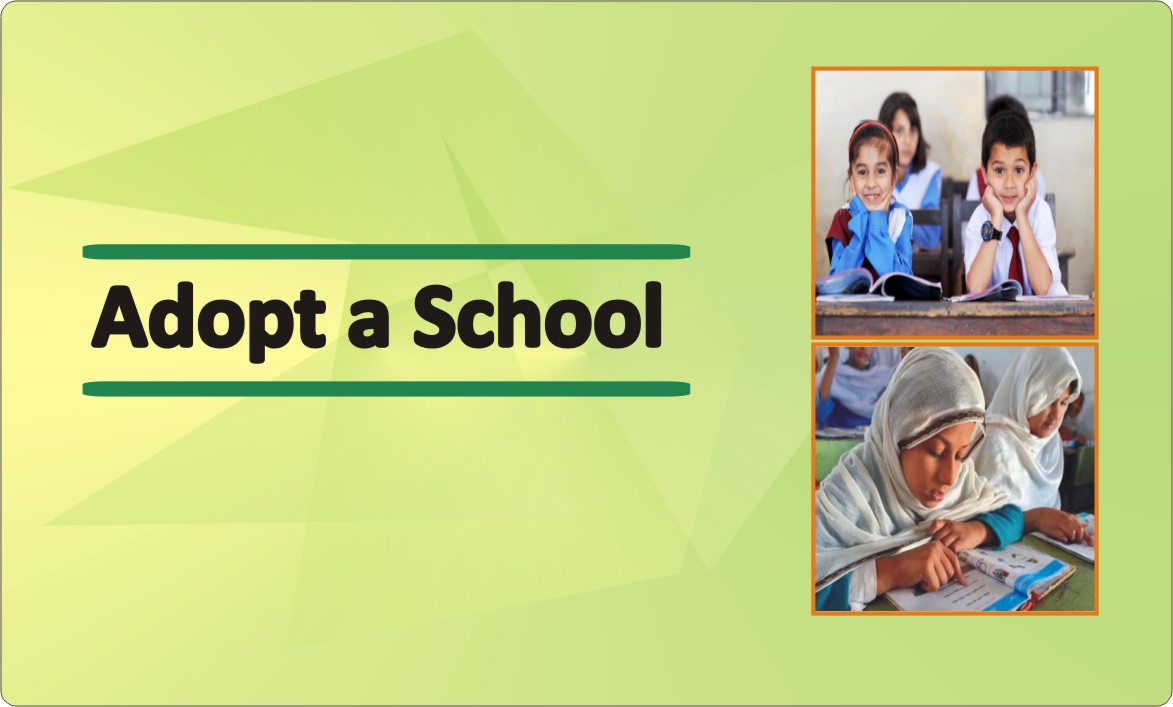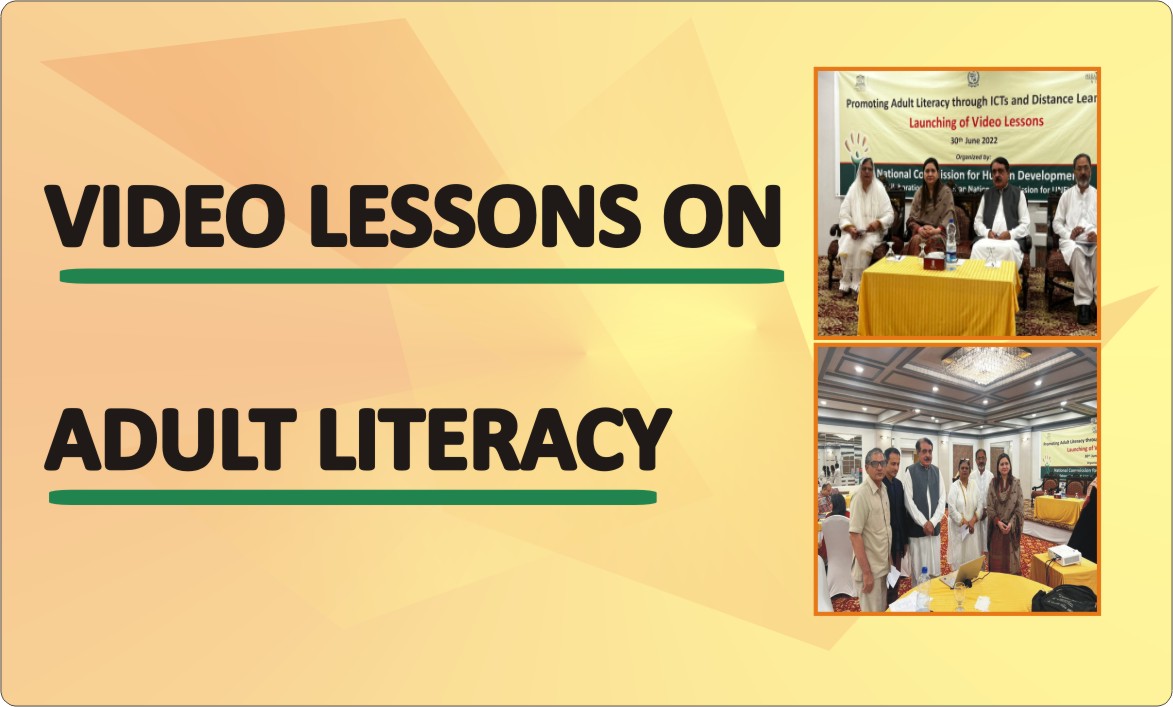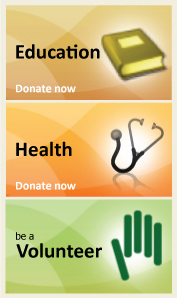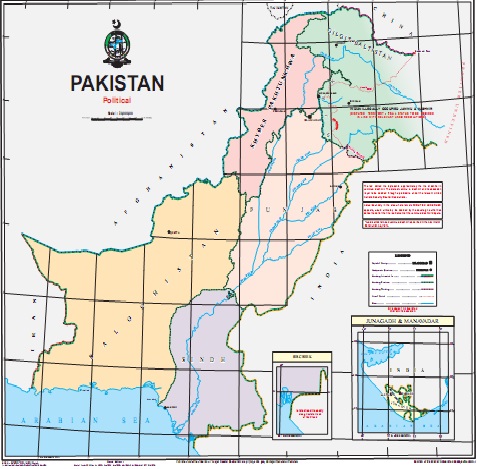| Impact assessment of the Pilot Project |
 |
 |
 |
|
Impact assessment of the Pilot Project
Empowerment is the expansion in people’s abilities to make life choices in a context where this ability was earlier denied to them. While distinctions such as those between “resources, agency, and achievements” (Kabeer 2001) or “sources versus evidence” of empowerment seem clear at the conceptual level, it is not always easy to categorize real experiences while developing empowerment indicators. A given variable may function as an indicator of women’s access to resources (or an enabling factor) in one context, while representing an achievement in another. By applying Chen’s empowerment framework of the four conceptual pathways (i.e. material, cognitive, perceptual and relational) are used to analyze the data while categorizing different variables such as separating enablement from achievement etc.
1. Pathway-I: Material
For better understanding of the context of this project, it is imperative to describe the income-generating opportunities available in the intervention-targeted areas. In fact, since digital systems and the telecommunication infrastructure in Pakistan are fairly developed with a rapidly growing IT sector, many opportunities exist in the avenues of ICTs. These opportunities include computer instruction in schools, data transcription, ICT micro-enterprises, NGOs, and public and private sector jobs. Interestingly, women equipped with basic ICT and other skills are often preferred to men in hiring particularly by NGOs, schools and development agencies in Pakistan. The apparent reasons for this preference include the image of females as productive, hardworking and responsible and as an effort to encourage women to avail jobs through “affirmative action”.
Income generating opportunities: When graduates of the project were asked whether they had acquired jobs in the avenues of ICTs and whether they had utilized their ICT skills, 87% of participants responded “Yes,” with break-down of 59.9% for jobs acquired and 27.7% for skills used. The percentages of participants who had acquired job opportunities varied slightly between provinces, from a low of 73% to a high of 96.7%. One of the major sources of employment was the data transcription sector, which allowed graduates to earn a decent livelihood by employing their ICT skills. The analysis provides ample evidence to suggest that the ICT skills learnt and utilized for income generation helped women to expand their economic independence. For instance, one of the women received an ICT related job in local government. She started earning Rs.6000/- per month. She also worked part time with an additional earning of Rs.3000/- per month. Presently, she is working for Zarai Taraqiyati Bank Ltd. (ZTBL) and is earning Rs.15,000/- per month.
2. Pathway-II: Cognitive
Cognitive impact relates to the degree of change in a trainee’s skills, knowledge and information as a result of her participation in the intervention (Johnson, 2005). To assess the impact, the following three indicators have been analyzed.
i) Knowledge and information: Parents/relatives/friends of graduates were also asked whether they had observed any change in the amount of knowledge and information18 held by their daughter/sister/friend after training: 41% respondents chose “very high”, 32% chose “high,” and 27% observed a “medium” increase in knowledge and information. However, no one selected “low.” The increase in amount of knowledge and information helped changing self-perception of the women. To some extent, it also brought awareness of the implications of coercion amongst the women.
ii) Life skills: In the follow-up study, CTLC graduates were asked whether the life skills learnt helped them in improving their daily lives: 83% chose “improved significantly”, 11% chose “improved little,” and 6% chose “not at all improved.” The findings of the study suggest that the life skills learnt by the women noticeably increased their sense of rights and duties, both as citizens and as members within their families. This also helped them forming collective support networks.
3. Pathway-III: Perceptual
Perceptual impact relates to the degree of change in a graduate’s sense of self-confidence, self-reliance, self-esteem and her vision of the future after the training (Johnson, 2005).
i) Self-confidence: To measure the degree of qualitative change in the level of confidence, the parents/relatives/friends of the graduates were asked to choose one of four levels of change observed: 40.3% of respondents chose “very high,” 46.9% selected “high,” and 12.8% opted for a “medium” level of change in the confidence of their daughter/sister/friend. Apparently, there were two main causes of change. Firstly, quality training in digital technologies, and life skills developed enhanced participants’ levels of confidence. Secondly, the exposure of ICTs and the internet enhanced confidence levels.
ii) Capacities/Abilities: The parents/relatives/friends of the trainees were asked whether they observed any change in the capacities/abilities of their daughter/friend/sister after the training. Respondents were given three choices to choose from: 88% respondents said that they had observed “a lot of change,” and 12% chose “little change”. Enhancement of participants’ capacity/ability contributed to economic independence. It also helped expanding their mental spaces while acquiring vital information through the internet.
4. Pathway-IV Relational
Refers to the impact that an intervention may have had in changing decision-making roles, dependence on others and mobility (Johnson, 2005).
i) Awareness and sensitivity to rights: As noted earlier, self-perception brings awareness of the implications of coercion amongst the women. In this context, parents/relatives/friends were asked whether they observed any change in the awareness and sensitivity of their daughter/sister/friend to issues of rights after the training: 81% said that “she is more conscious and sensitive to her rights,” and 19% indicated “little change observed.” The finding suggests that ICTs provided the women with easy access to information which was not possible due to their physical limitation, otherwise. Use of the internet and the worldwide web played crucial role in reducing their physical barriers.
ii) Mobility acquiring opportunities: The graduates were asked whether they would be allowed by their parents to move to another town to acquire a job opportunity: only 17% graduates chose “I will accept the job offer and now I can move to another city,” while 28% chose “I will accept the job but I cannot move to another city,” and 55% selected “I will accept the job offer but my parents do not allow me to move to another city alone.” Contrary to other variables, the finding suggests that the women had not been able to significantly break the physical impediments primarily due to the socio-cultural predicaments. However, there is some evidence suggesting that the ICTs did help some graduates in acquiring jobs in nearby towns. The women who commuted from nearby villages to the CTLCs while traveling 2-3 hours daily to attend the training reflects their keenness to learn new technologies and the traveling in itself was an expansion in their physical space.
|









